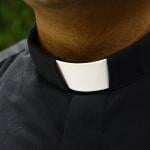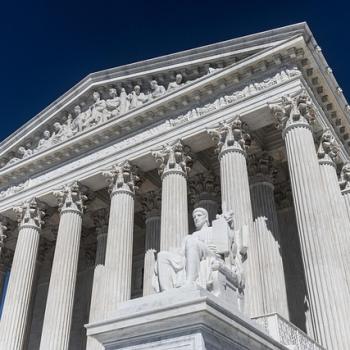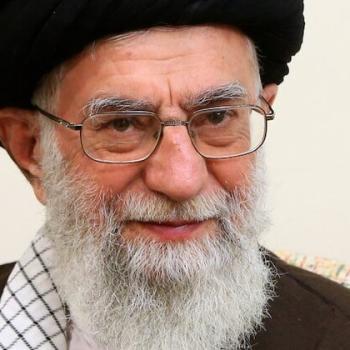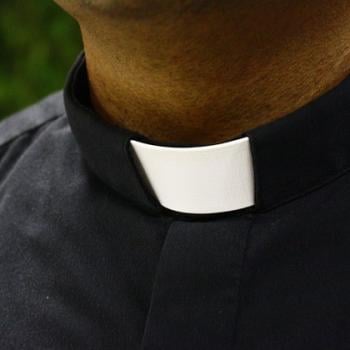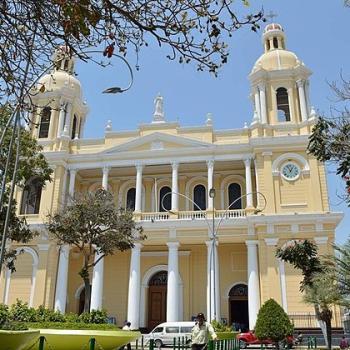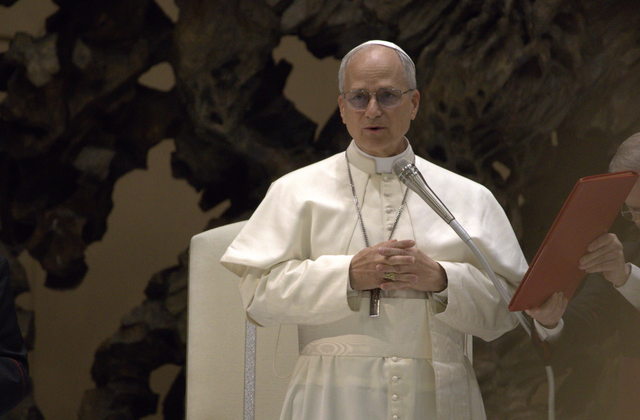
Pope Leo’s Augustinian Order Connection
The new pope’s interaction with the Augustinian Order began during his school days. As a teen he attended St. Augustine Seminary High School in Holland, Michigan, a prep school run by Augustinian friars. Prevost thereafter continued his education at Villanova University, the only Augustinian Catholic University in the United States, graduating in 1977 with a degree in mathematics.
Forging a formal connection to the order, he made his solemn vows as an Augustinian in 1981. Prevost’s ordination as a priest occurred in June 1982 following theological study at the Catholic Theological Union of Chicago. In 1999 Prevost was elected head of the Augustinian Province of Chicago. An election in 2001, elevated him to prior general, or head of the order. Prevost was reelected to this position in 2007, a position in which he served until 2013.
What Is Pope Leo’s Augustinian Order?
A community of Catholics, including priests, nuns, monks, and even laity, may form a religious order dedicated to a specific type of mission and spirituality. The Order of St. Augustine. also known as the Augustinians, is an ancient religious order with thousands of members in fifty different countries. This order was formed in 1244 as a community of mendicant friars dedicated to evangelization, poverty, and service. Hallmarks of the order’s members include communal life, devotion to prayer, and service ministries such as education.
Formation of the Augustinians came about in Italy when several religious communities in Tuscany petitioned Pope Innocent IV to form a single order. The pope gave the new order the Rule of Augustine as a code of living. This rule stated: “Call nothing your own, but let everything be yours in common; [do] not seek after what is vain and earthly.” Augustinians describe themselves as people who “live together in harmony, being of one mind and one heart on the way to God.” Besides Pope Leo XIV, other famous Augustinians include Martin Luther prior to his excommunication from the church and Gregor Mendel, a 19th-century Austrian botanist who laid the foundation of genetics.
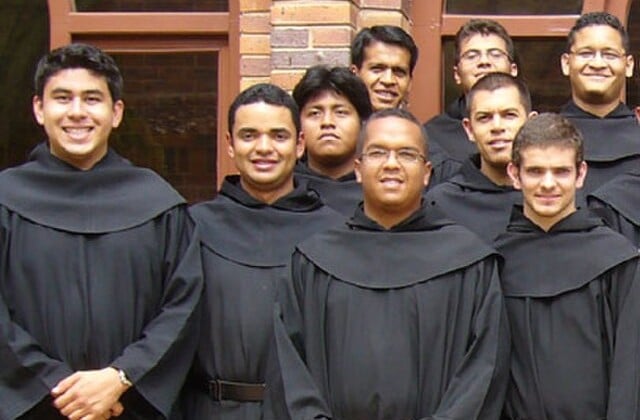
St. Augustine of Hippo
In addition to those of Jesus, OSA is based on the teachings of Aurelius Augustine, the Bishop of Hippo. Known as the father of the order which bears his name, Augustine was born in a Roman town in North Africa (present day Algeria) in 354 AD. A devout Christian, his mother Monica won Augustine’s pagan father to Christ. Her son’s conversion, however, did not occur until he was 31. Ordained as a priest in 391, Augustine ultimately served as the Bishop of Hippo in North Africa for 34 years. Although he died in 434, it was not until 1303 that Pope Boniface VIII recognized Augustine as a saint for his great contributions to the Christian faith.
The scholarly Bishop of Hippo deeply influenced the development of Western Christianity through his writings. Augustine’s numerous works include On The Trinity, The City of God, and Confessions, one of the most widely read books of medieval and modern times. In the early 400s, he began living a monastic life with fellow priests in Northern Africa. Augustine compiled a list of guidelines, later known as the Rule of St. Augustine, to govern that community. The brief document serves as an outline for religious life lived in community and remains highly influential on today’s Catholic orders.

Influence of Augustinian Order on Pope Leo
Within days of his election, Pope Leo XIV announced his motto and coat of arms. Both reference the Augustinian Order. The motto, words from St. Augustine’s writing, are translated from Latin as “In the One, we are one.” The new pope’s coat of arms contains the identifying symbol of the saint, a heart pierced by a flaming arrow sitting on a book. The flaming heart’s significance lies in its symbolism of love of neighbor as the way to serve God.
Pope Leo XIV’s deep connection to his religious order elevates the Rule of St. Augustine. That rule stresses the primary importance of love for both God and neighbor, the need for sharing. and the spirit of community. Even the first remarks he made as pope indicate a concern for unity over division when the new pope urged the church to work together “to build bridges and keep our arms open.” While loving one’s neighbor clearly holds implications for addressing ongoing military actions around the world, unity is also a concept applicable to divisions in the church. With a doctorate in canon law and experience teaching seminary, Pope Leo’s own scholarly background gives the impression he intends to use his brain as well as his heart to deal with challenges faced in his papacy.
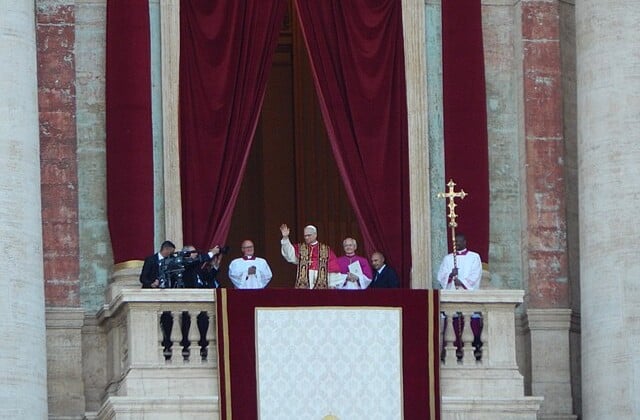
The Future of the Augustinian Pope’s Papacy
With Pope Leo XIV’s firm foundation in the Augustinian Order, his outlook and goals cannot help but be shaped by this connection. The Order’s emphasis on unity indicates that bridging connections between countries, people, and opposing ideologies should place high on the Pope’s to do list. Whatever he does or attempts to accomplish, his Order’s rule of love for both God and neighbor will be a guiding influence. Pope Leo’s Augustinian Order shaped his thinking and beliefs and will certainly shape his papal work.




